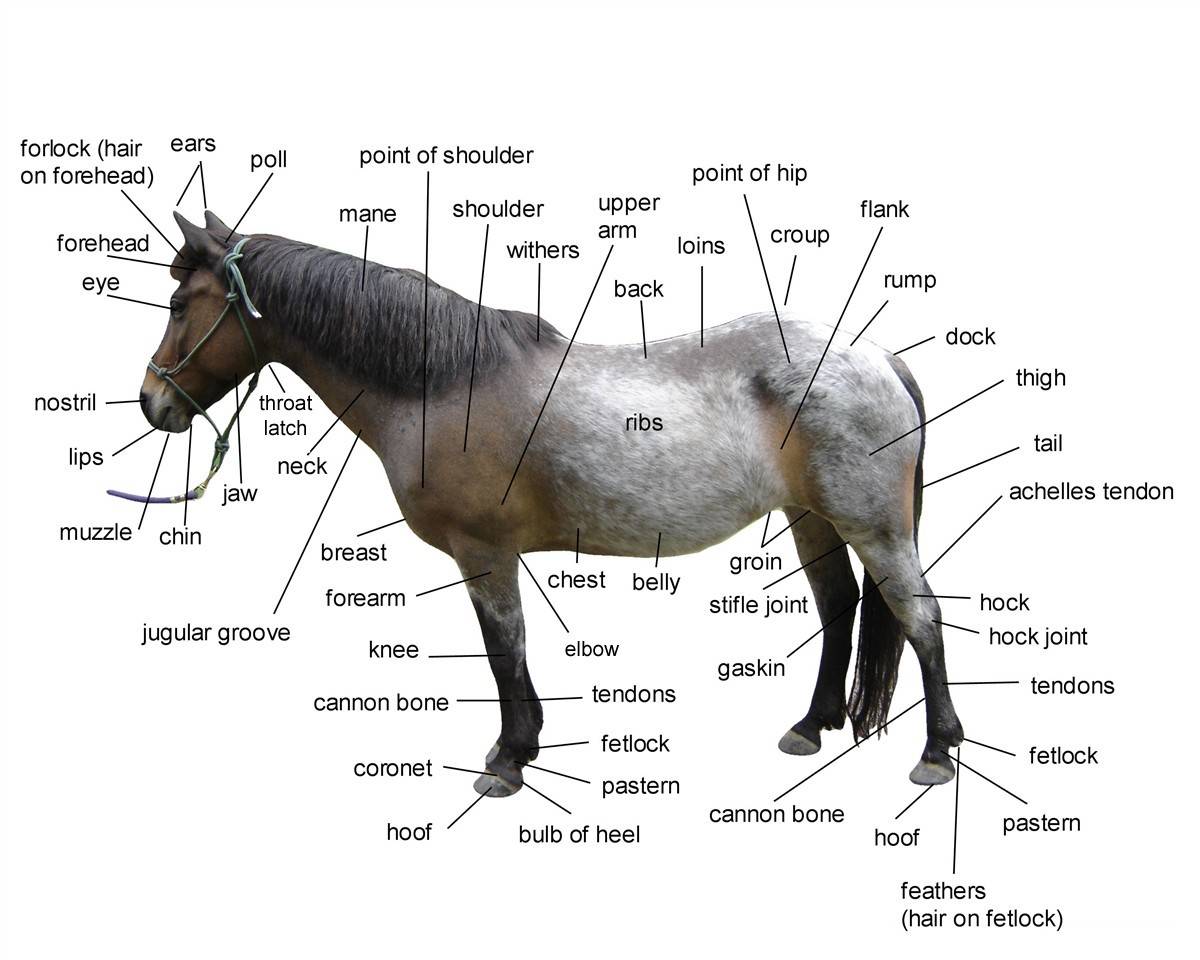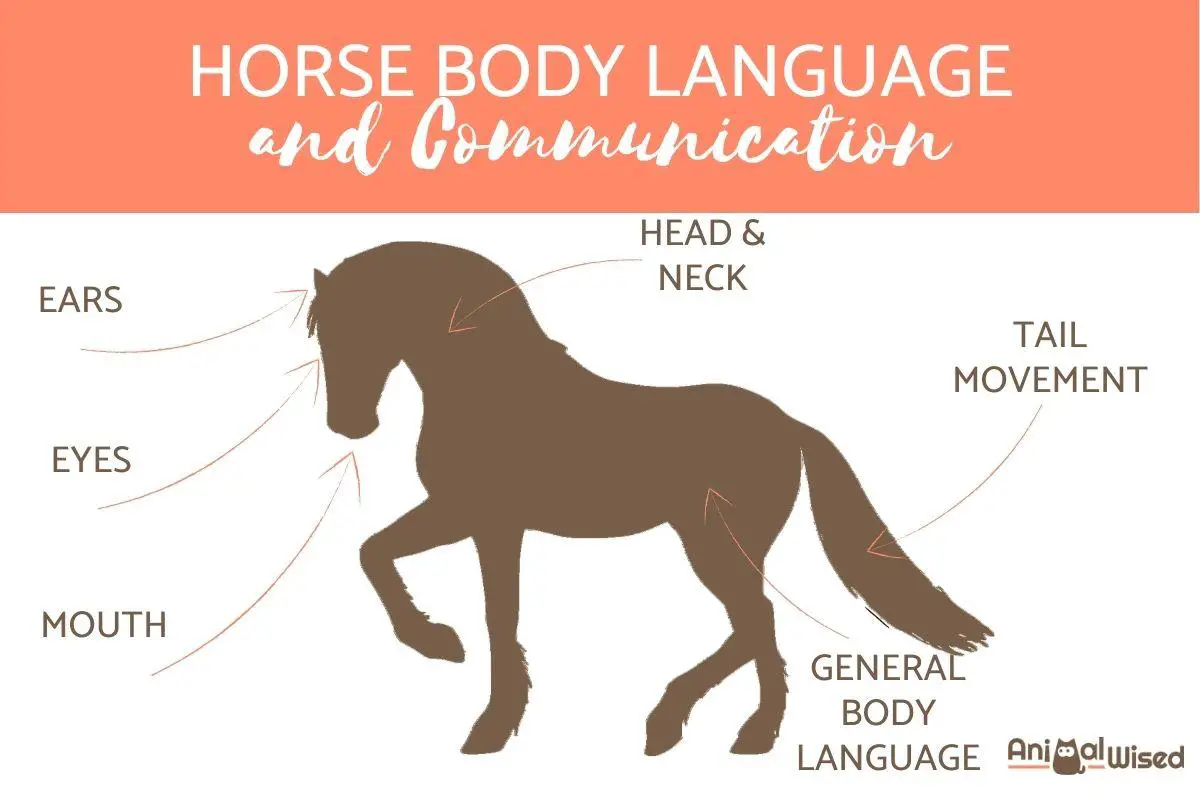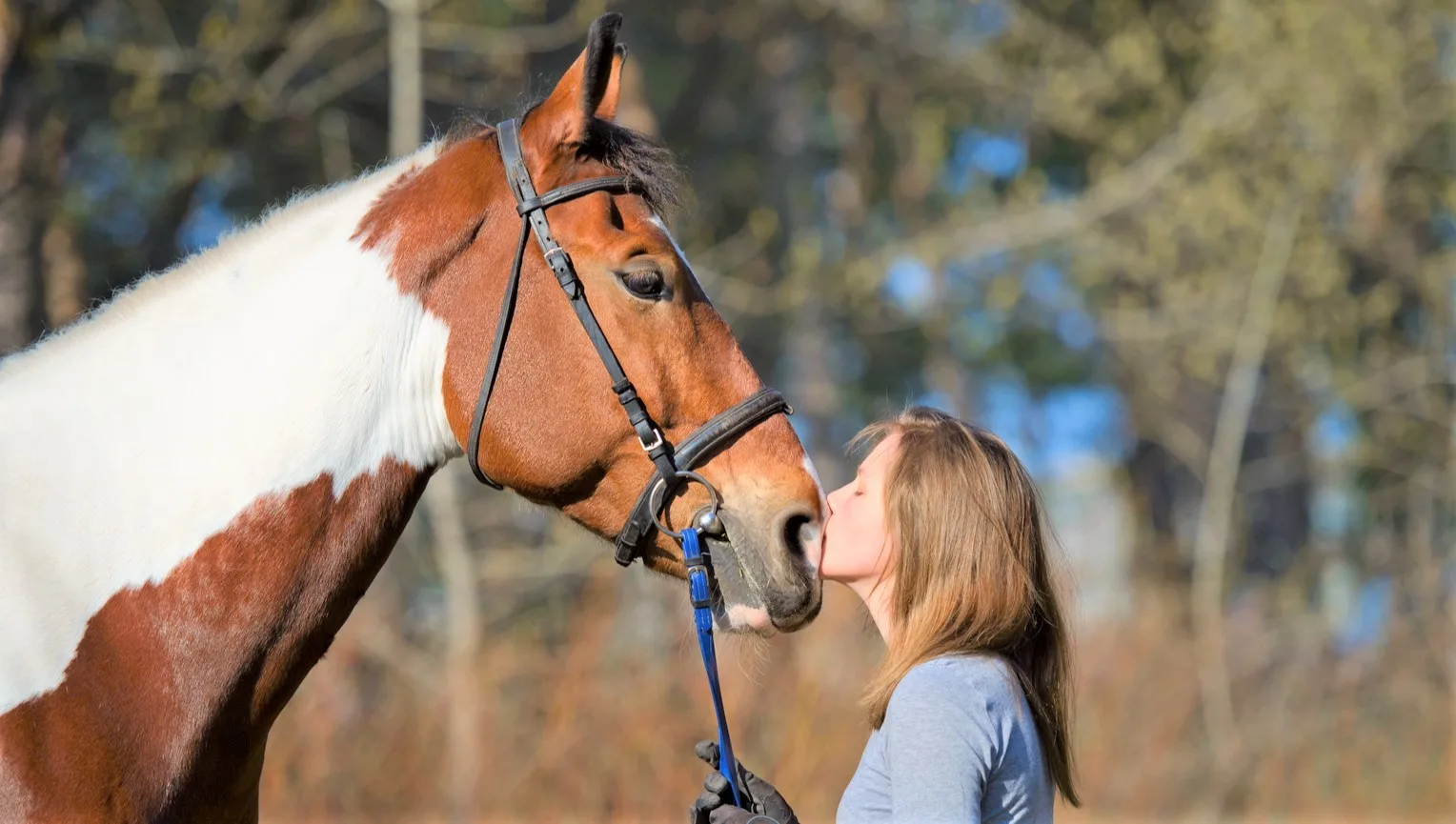Horses, majestic and intelligent creatures, have their unique ways of communication. Understanding how do horses communicate is vital for anyone looking to build a strong relationship with these animals. Whether you’re a seasoned equestrian or a casual admirer, grasping the basics of equine communication can enhance your interactions and foster a deeper connection with horses.
Introduction to Equine Communication
Communication among horses is a multifaceted system of signals, postures, and sounds. This complex language has evolved over millennia, allowing horses to convey emotions, intentions, and warnings. Observing these interactions opens a window into their social structure and individual personalities, providing valuable insights into the equine world.
How Do Horses Communicate With Each Other

Horses are social animals by nature, and how do horses communicate with each other is a fascinating dance of subtle cues and clear signals. They rely on a combination of body language, vocalizations, and other non-vocal methods to express themselves within the herd.
The Language of Equine Body Language
- Ears: The position of a horse’s ears can indicate curiosity, alertness, or aggression.
- Tail: A swishing tail often shows irritation, while a raised tail can signal excitement or dominance.
- Eyes and Nostrils: Wide eyes or flared nostrils may indicate fear or excitement.
Equine Vocalizations and Their Meanings
While not as vocal as some animals, horses do use a variety of sounds to communicate. Neighs, whinnies, and nickers serve different purposes, from greeting fellow herd members to expressing distress or discomfort.
Non-Vocal Communication Among Horses
Much of how horses interact with one another doesn’t involve sound at all. Nudging, nipping, and mutual grooming are tactile ways horses show affection and establish social bonds.
Interpreting Herd Behavior and Social Dynamics
The herd’s behavior provides context for individual communication. Dominance hierarchies and bonding play significant roles in how horses interact, and recognizing these dynamics is key to understanding their social communication.
How Do Horses Communicate With Humans

Transitioning from equine to human interaction, how do horses communicate with humans is a testament to their adaptability and intelligence. They can learn to read human cues and react accordingly, which is essential for training and establishing a rapport.
Recognizing Responses to Human Interaction
Noticing a horse’s response to human presence is crucial. A horse may approach with curiosity or move away if uncomfortable, demonstrating their ability to gauge and respond to human behavior.
Communication During Training and Riding
During training and riding, horses pick up on cues from their handlers and riders. Consistency in commands and body language helps ensure clear and effective communication.
Understanding and Interpreting Horse Expressions
Facial expressions in horses are subtler than in humans but are equally telling. Tension around the eyes or mouth can indicate stress or fear, while a relaxed expression suggests contentment.
Enhancing Communication With Your Horse

To truly enhance communication with your horse, it’s essential to understand that this is a two-way street. Building a mutual language involves patience, observation, and empathy.
Building a Language With Your Horse
Creating a shared language with your horse involves learning their signals and teaching them yours. This process requires time, but it’s the foundation for a strong partnership.
Effective Methods for Communicating Commands
Clear and consistent commands are the cornerstone of good horse training. Using a combination of voice commands, pressure cues, and body language will help your horse understand and respond to your requests.
Common Miscommunications and How to Avoid Them
Misunderstandings can occur frequently without clear communication. Being aware of your body language and emotional state, as well as being consistent with your signals, can minimize these miscommunications.
Conclusion
Mastering how do horses communicate is a journey that can bring immense rewards. By understanding and respecting their language, we can build stronger bonds and enjoy more harmonious relationships with these noble animals.
Recap of Equine Communication Methods
We’ve explored the rich tapestry of horse communication, from body language and vocalizations to the subtleties of their interactions with humans. This insight is invaluable for anyone looking to connect with horses on a deeper level.
Horses are not only magnificent runners and swimmers but also have unique ways of reproducing and communicating. If you’re curious about the various aspects of horse behavior, you might find our articles on how horses reproduce, how horses run, and how horses swim both informative and interesting. Each piece delves into the fascinating nature of these noble creatures and offers insights into their lives beyond the common knowledge of their communication methods.
The Importance of Clear Communication Between Horse and Human
Clear communication is the key to safety, trust, and companionship between horses and humans. By honing our ability to understand and be understood, we can ensure a fulfilling and joyful partnership with these magnificent creatures.



